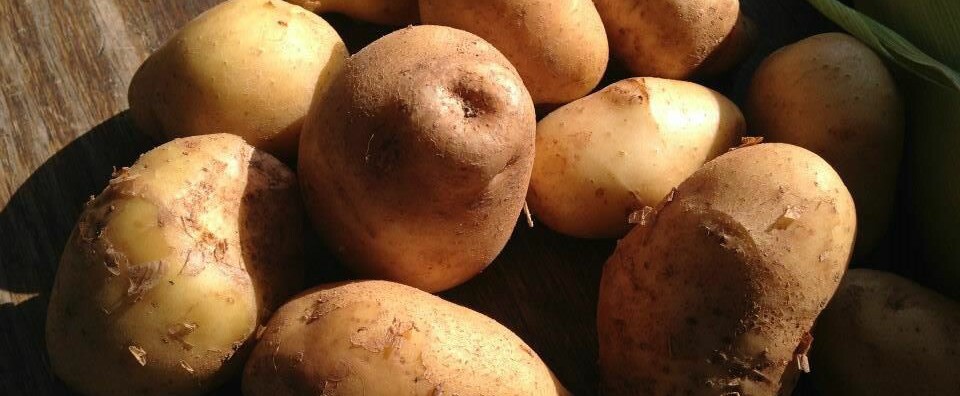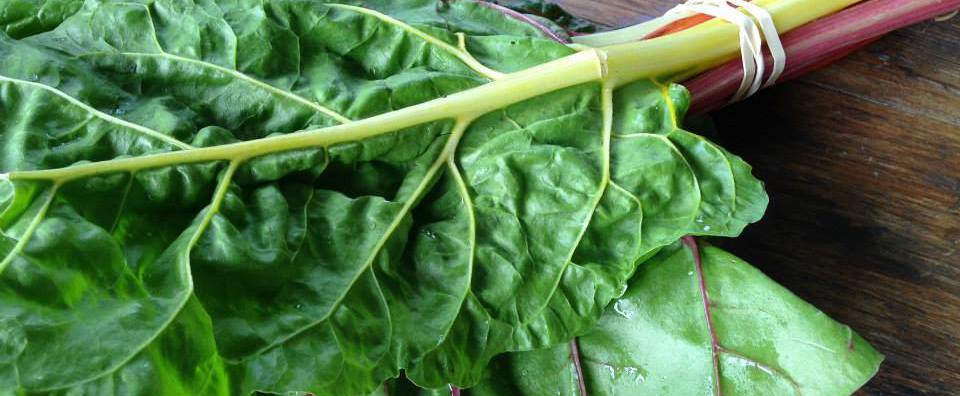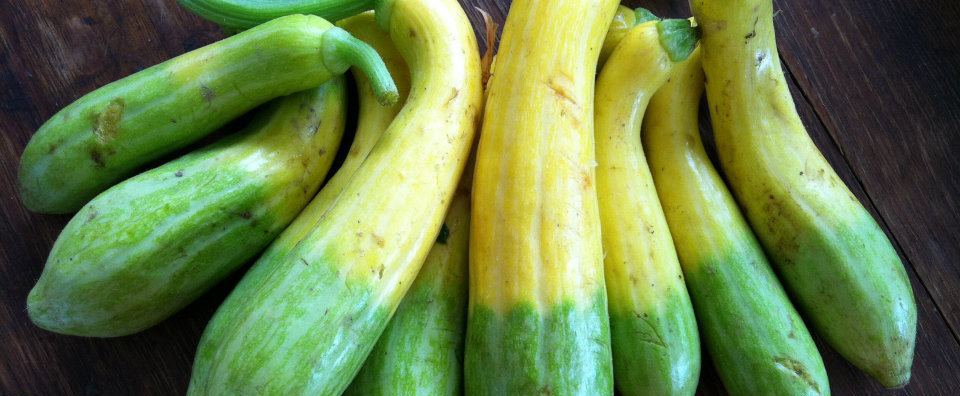Potatoes. Baked whole or in wedges or in fries, mashed, fried. Turned into salad, soup, latkes or hash. I once interviewed a farmer who said if you didn’t know what to do with potatoes you should get out of the kitchen.
Store your potatoes in a dark, cool location. Not the refrigerator. I like to rinse mine and let them dry thoroughly before storing.
Everybody has a dozen potato salad recipes. Here’s one more.
This is “Japanese” potato salad because it uses Japanese mayonnaise. Feel free to substitute your favorite all-American brand. No Japanese hot mustard? A little horseradish will make for another all-American substitute.



